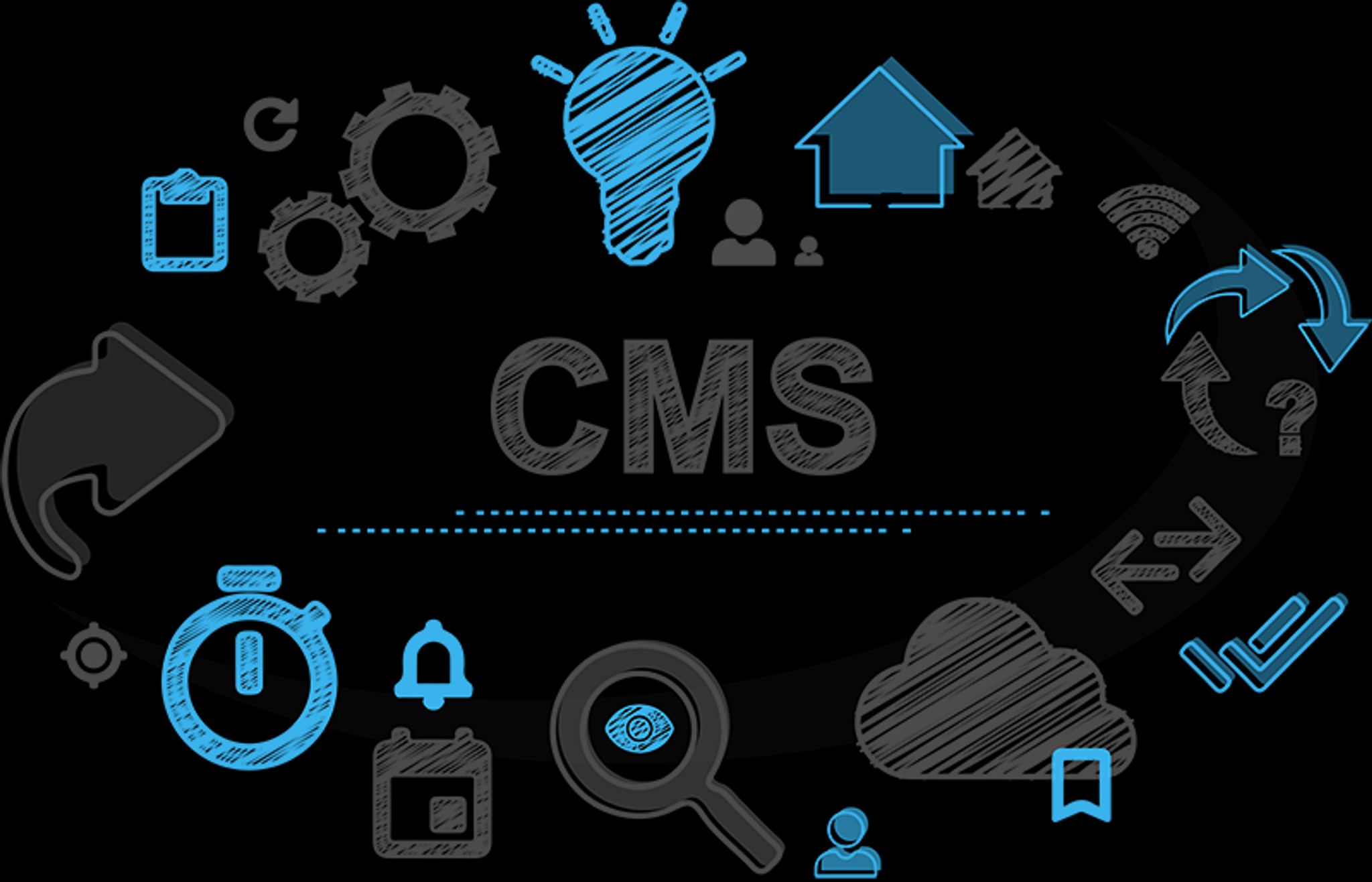The CMS Debate: Open Source or Proprietary?

There is plenty of debate about which content management system offers the best features, the biggest return on investment, or the most rewarding experience.
The system a person uses depends on their experience managing content, the type of content they intend to manage, and the needs their current project presents. But in order to narrow the decision down a bit, many people analyze two major classifications of CMS systems.
These are proprietary and open source systems. Popular and world-renowned systems exist in both categories, meaning its hard to say one is definitively better than the other. But knowing the pros and cons of each helps you see what sets them apart, and which may be better for your need.
What is a Proprietary CMS?
As the name suggests, a proprietary CMS is a system that is considered property of a developer. That is to say, they create and (usually) update the software regularly and make their money by licensing it out to users.
Some types of proprietary systems require specific conditions for use. The user may be required to use their web hosting or other services through the CMS creator’s system. The system may also have limited compatibility, particularly because creators want to promote their own software without having to accommodate competitors.
A person who uses a proprietary CMS may be prohibited from duplicating or sharing the system and may be required to buy more licenses to expand the system’s use. Though robust in their design, these systems often lack compatibility with certain hosting services. In addition, their licensing fees can make them a little tough to acquire for smaller companies.
What is an Open Source CMS?
Open source software has been a popular option among multiple types of systems, CMS or otherwise. The ability to distribute and modify a system provides flexibility and versatility, both of which are useful to content creators and managers.
Popular open source systems like WordPress and Drupal have become some of the top choices out there. Open source systems don’t have the costly licensing fees, and they’re also usually free of complicated contracts and sneaky sign-up costs.
There’s also countless free tools and modules on the market, meaning open source support can actually rival and even exceed that of proprietary systems. Likewise, there are plenty of free themes and layouts and the systems require little in the way of setup.
Which is the Superior Option for You?
If you’re just starting out with CMS systems, you may want to go for the open source options first. They have lower costs and learning curves, and they can be adapted to your needs even as they change or grow.
This doesn’t mean there aren’t good proprietary options out there. Some systems can prove superior depending on what you want to do with them. If they have the right features, the setup and licensing costs can be well worth it in the long-run. After you use a couple systems in each category, you’ll find its easier to find the right fit.